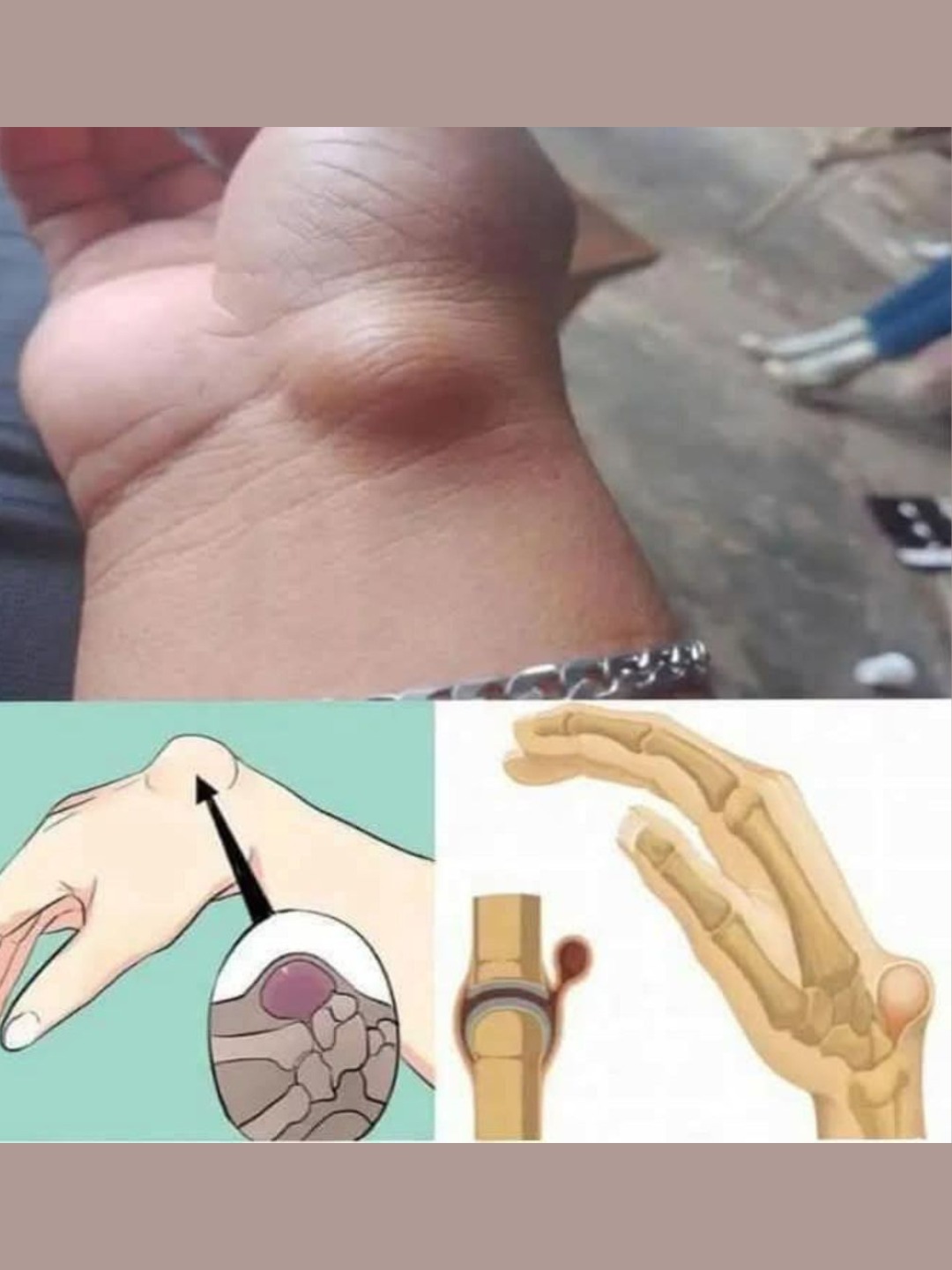Unexplained bruises can be easy to dismiss. Many people assume they simply “bump into things” or chalk it up to aging, but frequent or unusual bruising can sometimes be your body’s way of sending an urgent message. While occasional bruises are normal, especially for those who are active, sudden or persistent bruises—particularly when accompanied by other symptoms—should never be ignored. They may indicate underlying health problems that require immediate attention.
To understand why bruises matter, it helps to know what they are. A bruise forms when small blood vessels beneath the skin are damaged and leak blood into surrounding tissue, creating discoloration that shifts from red and purple to green and yellow as it heals. Most bruises fade within one to two weeks. But if bruises appear without any clear cause, take longer to heal, or occur alongside other red flags, they could be signs of something more serious than a minor injury.
One major cause of unexplained bruising is blood disorders. Low platelet counts, for instance, impair the blood’s ability to clot, making even slight bumps leave large marks. Conditions like leukemia can also present with easy bruising, small pinpoint spots known as petechiae, frequent nosebleeds, or persistent fatigue. These are not symptoms to ignore. A doctor will often recommend a complete blood count (CBC) to measure platelet levels and overall blood health.
Medication side effects are another frequent culprit. Blood thinners such as warfarin, aspirin, and newer anticoagulants are designed to prevent dangerous clots, but they also make bruising more likely. Corticosteroids, often prescribed for inflammation, can weaken blood vessel walls over time, leading to fragile skin that bruises with minimal pressure. If you notice more bruising after starting or adjusting a medication, it’s essential to discuss this with your healthcare provider before making any changes on your own.
Vitamin deficiencies also play a role in how the body responds to everyday bumps and scrapes. Vitamin C is critical for collagen production, which strengthens blood vessel walls, while vitamin K is vital for clotting. A deficiency in either can lead to slow-healing bruises, bleeding gums, or even nosebleeds. People with restrictive diets, chronic illnesses, or absorption issues may be at higher risk. Blood tests can confirm deficiencies, and dietary adjustments or supplements may resolve the problem quickly.
In some cases, bruising is linked to autoimmune conditions such as lupus or vasculitis. These disorders cause the body’s immune system to mistakenly attack healthy tissue, including blood vessels. Symptoms may include bruises that align with blood vessel patterns, joint pain, persistent rashes, or fatigue. Autoimmune-related bruising often requires a rheumatologist’s evaluation and long-term management.
Liver disease can also manifest through bruising, especially on the abdomen. Since the liver produces clotting factors, any disruption—whether from hepatitis, cirrhosis, or other conditions—can leave a person vulnerable to uncontrolled bleeding. Other associated symptoms include jaundice (yellowing of the skin and eyes), swelling in the legs or abdomen, and persistent fatigue. Liver function tests, alongside imaging, can confirm whether the liver is involved.
While many people turn to natural remedies like arnica gel or cabbage leaves to reduce swelling and speed healing, it’s important to recognize their limitations. These treatments may improve surface appearance, but they cannot address the root cause if bruising is linked to a serious illness. Ignoring persistent bruises in favor of home remedies risks delaying a diagnosis that could save your life.
If you notice unexplained bruises, the first step is to track them. Take photos, note their size, location, and how long they last. Keep a record of any other symptoms, such as bleeding gums, unusual fatigue, or dizziness. Share this information with your doctor, who may order blood tests like a CBC, clotting studies (PT/INR), and liver panels to rule out serious conditions.
Seek immediate medical care if bruising is accompanied by petechiae (tiny red or purple spots), blood in urine or stool, unexplained confusion, or after even a minor head injury. These signs can indicate internal bleeding or clotting disorders that demand urgent treatment.
There are also proactive steps you can take to protect your blood vessels and reduce bruising risk. Eat a balanced diet rich in vitamin C (citrus fruits, bell peppers, broccoli) and vitamin K (leafy greens, cabbage, Brussels sprouts). Avoid unnecessary use of blood-thinning medications and alcohol, both of which can impair clotting. Regular health screenings are especially important as we age, since early detection of blood or liver disorders dramatically improves outcomes.
The bottom line is this: bruising is not always harmless. Yes, sometimes it’s just the result of bumping into a coffee table, but sometimes it’s your body waving a red flag. Don’t ignore sudden or unexplained bruises, particularly if they appear often, spread quickly, or come with other concerning symptoms. Early attention can mean the difference between catching a minor issue and discovering a life-threatening illness too late.
Your body communicates constantly, and bruises are one of its signals. Listen to it. Take the time to ask questions, seek medical advice, and push for answers if something doesn’t feel right. Health problems rarely vanish when ignored—but they can often be treated when caught early.


